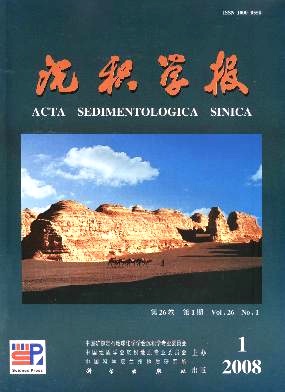Discussion of Petrotectonic Facies and Their Significance for Reservoir Studies
- Received Date: 1900-01-01
- Rev Recd Date: 1900-01-01
- Publish Date: 2008-02-10
-
Key words:
- petrotectonic facies
Abstract: In these years, new discovery of petroleum exploration has often been in connection with the palaeotectonics active regions, such as the finding of Qianmiqiao condensate pool at Dagang Oilfield in Bohaiwan Basin, the exploration of Jingbian Gas Field in Ordos Basin and the finding of Hetianhe Gas Field & Tahe Oilfield in Tarim Basin, etc. According to years of exploration experiences, good palaeouplift had bad vital function for the migration, accumulation and reservoiring of oil and gas. Our studies showed that tectonic movements controlled the development of many a types of reservoir: the karstingfracturecaved reservoir from prior weathered crusts and fractured reservoir. We appointed the concept and classing system; pointed out that the petrotectonic facies are material showings of tectonic movements in rocks solidified, and fingered they can classified by rockstratigraphic unit, tectonic movement stage and style. Beyond the analysis on the Mumishan Formation oil pool from buried carbonate hill of Renqiu Oilfield in Bohaiwan Basin and the Xujiahe gas pool of Chishui gas field in Sichuan Baisn, the reservoir characters was discussed for upliftkarsted petrotectonic facies and joint petrotectonic facies. The forward facies is found mostly in carbonate stones, whose reservoir space are all kinds of pore, cave and fracture lined to karst; the following facies can be found in different rocks, whose reservoir space are tectoclase and correlated pores; reservoir physical properties of the two facies are both relative complex. We advice to strengthen the research of reservoir petrotectonic facies; we meanwhile hope to carry out the development of associated recognition technique for petrotectonic facies of reservoirs.
| Citation: | HUANG Shiwei. Discussion of Petrotectonic Facies and Their Significance for Reservoir Studies[J]. Acta Sedimentologica Sinica, 2008, 26(1): 111-119. |






 DownLoad:
DownLoad: